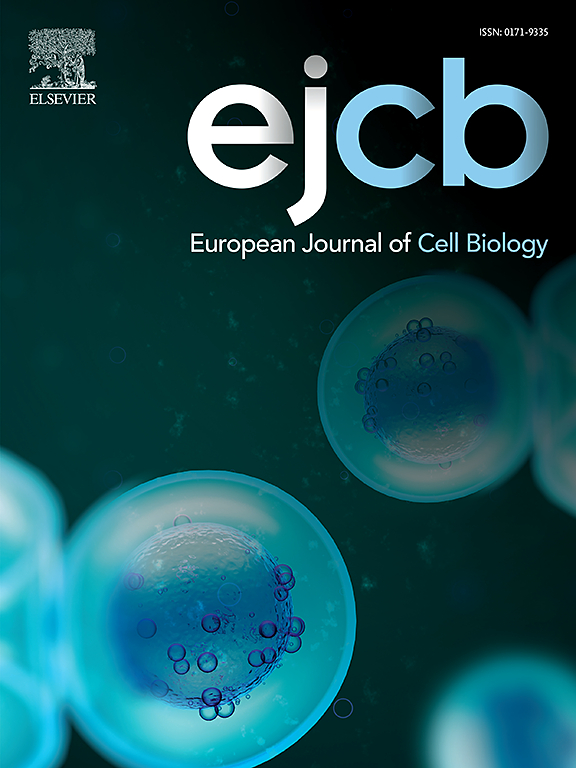Viral vaccines promote endoplasmic reticulum stress-induced unfolding protein response in teleost erythrocytes
IF 4.3
3区 生物学
Q2 CELL BIOLOGY
引用次数: 0
Abstract
Most available evidence points to a proviral role for endoplasmic reticulum (ER) stress, as many viruses exploit it to promote viral replication. In contrast, few studies have linked ER stress to the antiviral immune response, and even fewer to the vaccine-induced immune response. In this work, we demonstrated that ER stress is a key molecular link in the immune response of teleost erythrocytes or red blood cells (RBCs) under vaccine stimulation. Moreover, the unfolded protein response (UPRER) triggered by ER stress may work together with autophagy and related cellular mechanisms as part of a coordinated immune response in RBCs. We unveiled biochemical changes in the lipid-protein profile of vaccine-treated RBCs by synchrotron radiation-based Fourier transform infrared microspectroscopy (SR-µFTIR) associated with the modulation of ER expansion, increased mitochondrial number, and vesicular structures detected by soft X-ray cryotomography (cryo-SXT). We found a positive correlation between both morphological and biochemical changes and the expression of genes related to UPRER, autophagy, mitochondrial stress, vesicle trafficking, and extracellular vesicle release. These processes in RBCs are ideal cellular targets for the development of more specific prophylactic tools with greater immunogenic capacity than currently available options.
病毒疫苗促进硬化红细胞内质网应激诱导的展开蛋白反应
大多数现有证据表明内质网(ER)应激的前病毒作用,因为许多病毒利用它来促进病毒复制。相比之下,很少有研究将内质网应激与抗病毒免疫反应联系起来,与疫苗诱导的免疫反应联系起来的研究就更少了。在这项工作中,我们证明了内质网应激是疫苗刺激下硬骨红细胞或红细胞(rbc)免疫反应的关键分子环节。此外,内质网应激引发的未折叠蛋白反应(UPRER)可能与自噬及相关细胞机制共同作用,作为红细胞协调免疫反应的一部分。我们通过基于同步辐射的傅里叶变换红外微光谱(SR-µFTIR)揭示了疫苗处理的红细胞脂质蛋白谱的生化变化,这些变化与内质网扩张、线粒体数量增加和软x射线冷冻断层扫描(cro - sxt)检测到的囊泡结构的调节有关。我们发现形态学和生化变化与UPRER、自噬、线粒体应激、囊泡运输和细胞外囊泡释放相关基因的表达呈正相关。红细胞中的这些过程是理想的细胞靶标,可用于开发比现有选择具有更大免疫原性的更特异性预防工具。
本文章由计算机程序翻译,如有差异,请以英文原文为准。
求助全文
约1分钟内获得全文
求助全文
来源期刊

European journal of cell biology
生物-细胞生物学
CiteScore
7.30
自引率
1.50%
发文量
80
审稿时长
38 days
期刊介绍:
The European Journal of Cell Biology, a journal of experimental cell investigation, publishes reviews, original articles and short communications on the structure, function and macromolecular organization of cells and cell components. Contributions focusing on cellular dynamics, motility and differentiation, particularly if related to cellular biochemistry, molecular biology, immunology, neurobiology, and developmental biology are encouraged. Manuscripts describing significant technical advances are also welcome. In addition, papers dealing with biomedical issues of general interest to cell biologists will be published. Contributions addressing cell biological problems in prokaryotes and plants are also welcome.
 求助内容:
求助内容: 应助结果提醒方式:
应助结果提醒方式:


